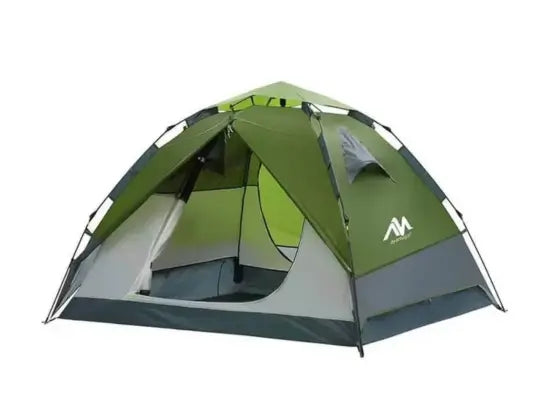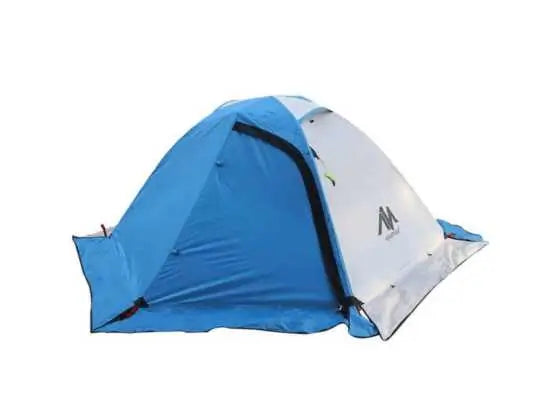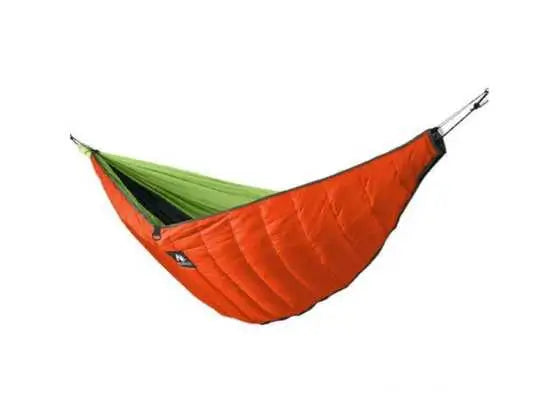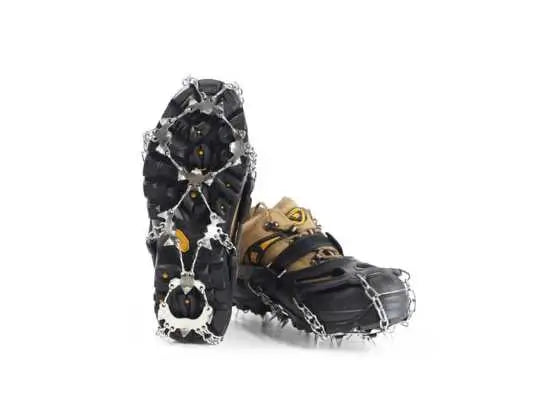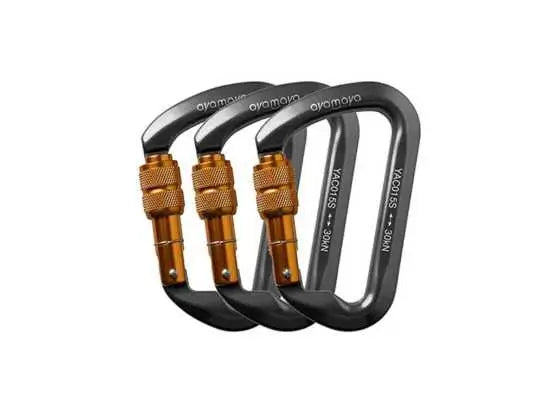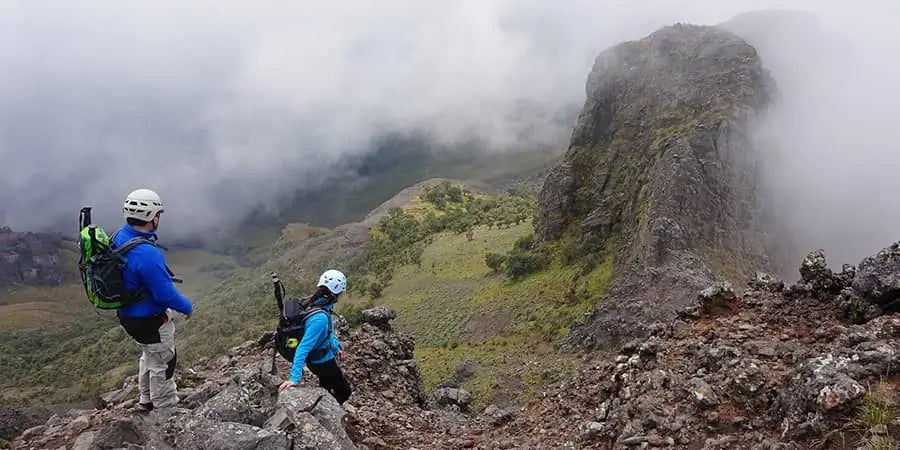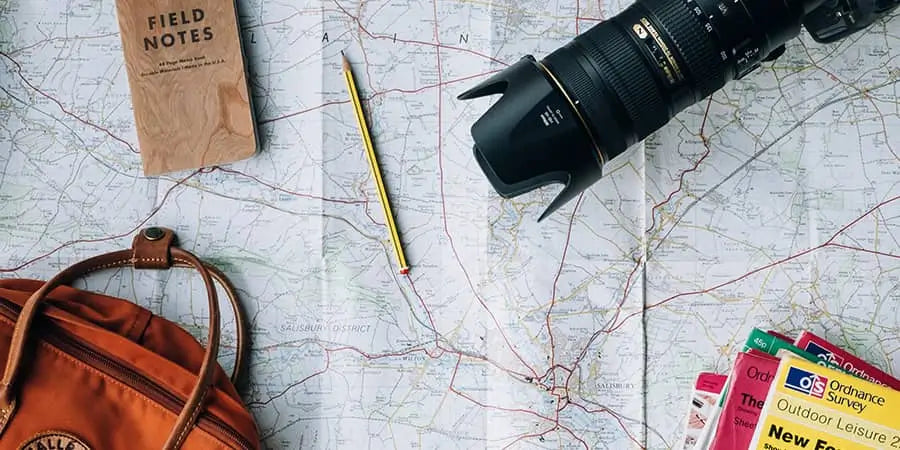Every hiking trip will demand that you carry the trekking poles with you. It is a nice thought, but have you stopped to think about how you will pack your trekking poles?
Well, keep reading for the insights on how you will pack the trekking poles. Because everyone who has been on a hike understands what trekking poles will do, especially when navigating the rugged terrains, the contents of this post will be helpful. You will need trekking poles when you want to stabilize while hiking. They are also effective in counteracting the weight from your backpack hence taking some pressure that will have otherwise been exerted on your feet.
Let us not focus on what trekking poles do, but we rather stick to the process of packing them because many seasoned campers agree that it is a confusing process. You will have many ways through which you can do it. Check out our piece and be ahead with better information.
Packing trekking poles when you are on the road trails
You will find yourself on-road trails whenever you are out for a hike. How will you pack your trekking poles? Because you won't be carrying them in your hands. Check the steps below:
The choice of a backpack when you are on road trails is important. A hiking backpack with a dedicated loop for carrying poles will be the nicest choice. The loops are important here. You need to shorten your trekking poles using the adjusting features. The loops are often on sides and shoulder straps.
The next step is to pull the bottom loop out and insert it at the tip end of your trekking pole. Next is simpler, slide it down and pull the elastic loop on the top out. Finally, pull the handle up through the strap and release it to allow the poles to attach to the bag.
Things to note:
- The handle should remain above the tops strap to allow the thicker portion of the pole to catch the loop. The loop will protect your trekking pole from falling unless you put it at an upside-down position.
- If you are using the backpack with adjustable straps instead of the elastic loops, you will have to tighten the straps in a manner that you often do when tightening the straps on your shoulders.
If you are carrying a backpack without loops, you will need to place your trekking poles inside your backpack. Ensure that your bag has some sufficient space that will be able to carry your trekking poles. Ensure that your poles are as short as possible, and choose the part of your bag that does not have many hard objects because you do not want your backpack to be dinged up while on a hike.
Tips to note:
- Expect the handles of your trekking poles to poke out unless you are carrying a large backpack
- don't wait for the tips of your trekking poles to damage your bag, You can always tie something soft on them so that they don't cause any damages.
- Some hiking bags will have dedicated pockets along the lining of the backpack. They will be the best for keeping your trekking poles when you are at the trail of the road.
If your backpack has some loops and straps, you can secure your trekking poles with such loops attach it tightly using the straps.
What if you don't have a backpack?
Perhaps you are wondering, what if you don't have a Backpack? Well, it is a different story, though, but of course, you have the trekking poles, and you need to know what t do while you are out there on a railroad.
First, you will have to use a carrying case to stow the trekking poles on your backpack. You will have a carrying case if you miss a hiking bag. Shorten the trekking poles and insert them on the case. You will then toss the case on your bag, and there you are, ready to walk along the road rails.
Tips to note:
- Use a clip and attach a strap on the carrying bag to the shoulder strap of your backpack. It may be a bit uncomfortable, but you can solve that by leaving one of your hands on the trekking pole bags to keep it steady on your bag.
Note about the top carry
Some bags do not have special trekking poles attachment points, side pockets, and compression straps. If this is the case, you don't have to worry, and you will still find an easy solution. You have to lay the poles across the top of your back and use your hands to clinch them on your back.
You can use the same process for other options of larger packs. You only need to lay the poles across the top of the larger compartment. It will then close the top and clinch it in place. It may still be a better alternative for the campers and hikers on open terrain, though many people find carrying the trekking poles quite a challenge.
Some packs do not have tops, and you may need to cinch down or get straps ad strap it down across the top. You only need to stick the poles in the actual body of the pack. The handles will be pointing down, and the points will be pointing down and the tips sticking out of the pack's top. You can then shift the poles on one side, zip them at the opposite end. Be careful not to hurt the hiking friends because your hiking poles will be popping out.

Carrying the trekking poles on the plane
In some instances, you will need to have your hiking poles on that plane. It would be best if you were sure that you were doing the right thing. Check the tips from the source below to guide you on how you can carry your trekking poles on the plane.
First, ensure that your trekking poles are collapsible or not. If they are not collapsible, then ensure that they are sage in a dedicated carrying case. For the people with old school trekking poles, you may need to purchase a carrying case if you have to carry them o the plane.
When you have a large carrying case, you place your trekking poles and insert them on an opening on top of the plane. Make sure that you close the latch, or you can secure the bag, and be sure to check it at the airport before take-off.
Tips to note:
- When purchasing a carrying case, choose the one with a hard case because it is safer for flights.
- Don't hold so much on the old school trekking poles, which is not collapsible. Consider purchasing a new one, especially if you are going to be flying with it.
- Adjustable trekking poles can stay in the carrying case, but it will still be possible to pack them together with your luggage.
For the extendable trekking poles, be sure to shorten them before you pack them in a bag. Most trekking pole models will allow you to shorten the trekking pole by simply pressing the button close to the handle. You then pull the inner straps out. Finally, you unlock a latch at the bottom and then pull the bottom half of the pole.
Tips to note:
- For the trekking poles with twistable joints, you will have to unscrew to slide thinner portions into the thicker portions of the trekking pole sections.
- You can always refer to the instruction manual in instances where you find challenges in shortening the trekking poles. Models have specific instructions, but the variations are often minor.
You may also need to consider talking to TSA officials at your local airport.
Some local airports may not allow you to carry the trekking poles on a plane. Some will allow hiking poles when you have them assembled in the case. There are two caveats, though. Small, rural airports near vacation areas, for example, are more likely to allow products that larger urban airports may not. They're used to folks traveling with weird-shaped gear and athletic equipment. Second, think about your schedule. Just because your airport lets you bring your poles on board doesn't guarantee security from workers in a larger metropolis will. Flying direct routes within your own country may be alright, but if you have to pass through security in other cities and countries, you'll need to plan.
If you are carrying the trekking poles that are not collapsible, you will need to check them on the case thoroughly.
Before you place the trekking poles on the pack, ensure that you properly dismantle them. Many hikers have had good luck with this practice. Separate the pieces of your trekking poles to resemble little tubes rather than a large fold-able unit. It turns out that the security staff isn't bothered by the pointed tip of the hiking pole. They want to make sure you don't have anything hidden inside your poles.
The takeaway:
- Dismantle your poles for a simple inspection! The Black Diamond trekking poles are our favorites.
TSA will ultimately decide whether you can travel with your hiking poles in your carry-on luggage. Here's what the TSA had to say about it: The TSA officer has the final say on whether an item is allowed through the checkpoint. We hope you found this post useful and that you had a wonderful trip!
Insulate the tips and the whole trekking poles
Insulating the tips will ensure that you are not damaging the case and the bag you are using to carry your trekking poles. Place a warm coat or sweater over the trekking poles if you're bringing one. Then, insulate the poles by draping cloths on top of and between each pole to the best of your abilities. The softer the space around your trekking poles is, the less likely they are to collide with something hard in your luggage and bend.
Tips to note:
- Finish packing the rest of your suitcase after you've safeguarded your trekking pole with soft clothing. To be safe, it's a good idea to put heavier objects on the other side of the bag.
Do not attempt to bring your trekking poles on an airplane in your carry-on luggage.
While a few smaller nations may let it, the vast majority of countries will not allow you to pass through security with a hiking stick. If you're flying with trekking poles, you'll need to check them in a separate bag. It includes the EU, the US, and the UK.
You won't have any trouble checking luggage that contains trekking poles.
Summary
In summary, you need to properly keep your trekking poles on a trail road or a plane. Be sure to go through the tips and have an easy time carrying your trekking poles.

